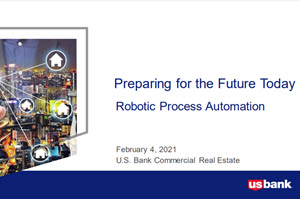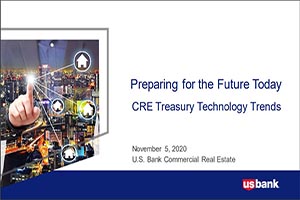Technology integration
Investing in patient communication and payments capabilities is only part of the equation. Standardizing these capabilities on an integrated platform is also an important element to delivering a positive patient experience. Consumers expect a payment and billing experience that is fast, easy, consistent and clear. Choosing a single payments platform, rather than cobbling together multiple solutions, is the best path to meeting consumer expectations.
In addition to the consumer benefits, standardization on a single platform offers health systems the opportunity to reduce time and effort spent on general administration, financial reconciliation and compliance. In a 2021 survey by Celerity, 64% of business leaders say technology investments have led to gains in productivity.
At a time when many health systems are faced with resource constraints, we’ve seen how technology integration can make all the difference for our clients. By integrating our healthcare payment solution with EHR systems, such as Epic, Cerner and others, our customers have been able to increase collaboration and expedite decision making through more comprehensive information sharing.
Virtual care
The latest COVID-19 variant reminds us that the pandemic is still part of our lives. Similar to the Delta variant, Omicron will prompt some consumers to seek virtual modes of care and drive some healthcare providers to increase reliance on virtual visits. Encouraging virtual visits can help ensure patients elect to get care, rather than delay or avoid it.
To maximize the efficiency of virtual care, patients should be offered digital options to make payment when scheduling appointments or paying bills. Of the 65% of consumers who reported having a telehealth appointment in 2020, 45% told us they received their bill via postal mail. Going digital -- versus relying on ‘pay by mail’ -- accelerates cash flow, contributes to green initiatives and enhances the digital experience.
Healthcare providers who have neglected to upgrade their patient portal and mobile app may be missing the opportunity to support payment capabilities for virtual visits and other modes of care. When asked about modernizing available payment options, 37% of respondents indicated they felt their healthcare provider should update the online patient portal or add it as an option. Innovating the digital experience not only improves the consumer experience but it also helps ensure systems meet requirements for securing data and mitigating risk.
Want more insights to inform your payment strategy? Read our 2021 Healthcare Payment Insights Report to learn more about patient payment behaviors and preferences.
Tyler Eppley is the vice president of healthcare payment solutions at U.S. Bank and has worked exclusively with providers for more than 15 years to optimize revenue cycle operations and improve the patient experience.

























































